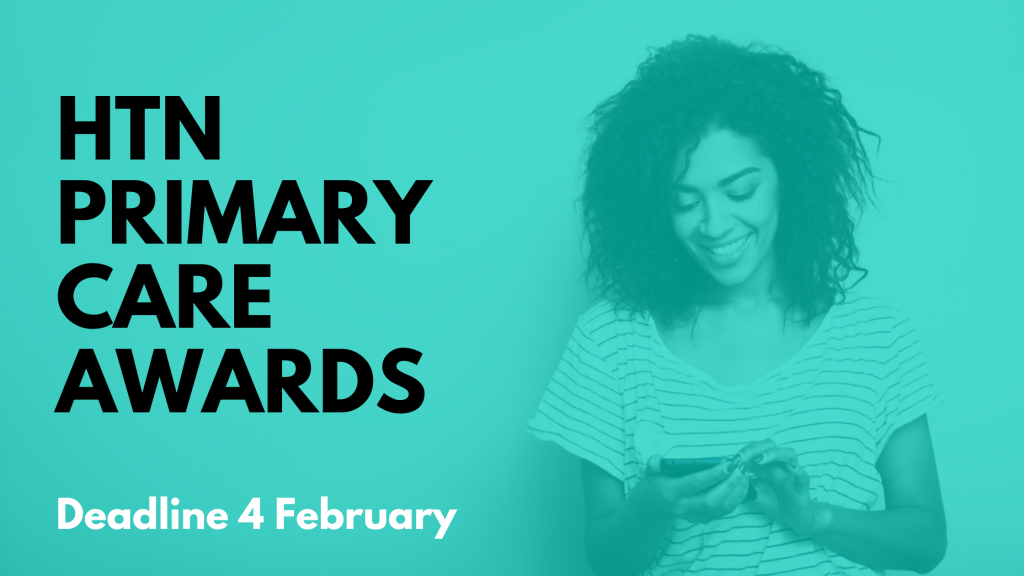The Australian Government has launched its contact tracing app COVIDSafe to citizens across the country.
On a voluntary basis the app can be downloaded now and forms part of the Australian Government response to managing the spread of COVID-19. In Australia around 6,700 people have contracted coronavirus and sadly 82 people have died.
The app uses bluetooth technology to trace every person running the app who you may get close to (1.5 metres) and to alert anyone who may have been in contact with anyone who contracts COVID-19.
As of this morning over 1 million people in Australia have downloaded the app. The government said the app was necessary to help support easing of restrictions.
When a user downloads the app, they are asked for their name, age range, post code and phone number. The apps exchanges anonymised IDs which are encrypted on phones and can be deleted.
Prime Minister Scott Morrison said “The Chief Medical Officer’s advice is we need the COVIDSafe app as part of the plan to save lives and save livelihoods. The more people who download this important public health app, the safer they and their family will be, the safer their community will be and the sooner we can safely lift restrictions and get back to business and do the things we love.”
“It will be one of the critical tools we will use to help protect the health of the community by quickly alerting people who may be at risk of having contact with COVID-19. If you’d been exposed, you’d want to know, wouldn’t you?”
A new determination issued by the Minister for Health under the Biosecurity Act will ensure information provided voluntarily through the App will only be accessible for use by authorised state and territory health officials.
Minister for Government Services, Stuart Robert described the App as being developed with one purpose: to stop the spread of coronavirus. He said “Once installed and running, the COVIDSafe app uses Bluetooth to look for other phones that also have the app installed.”.
“To be effective, users should have the app running in the background when they are coming into contact with others. Your phone does not need to be unlocked for the app to work.”
“It then securely makes a ‘digital handshake’, which notes the date and time, distance and duration of the contact. All information collected by the app is securely encrypted and stored in the app on the user’s phone. No one, not even the user, can access it.”
“Unless and until a person is diagnosed with COVID-19, no contact information collected in the app is disclosed or able to be accessed. Then, once the person agrees and uploads the data, only the relevant state or territory public health officials will have access to information.”
NHS contact tracing app currently being tested
A contact tracing app for the NHS was being tested last week at a North Yorkshire RAF base.
The app logs whenever the user is in close proximity to another user; if either person later develops symptoms of Covid-19, an alert can be sent out to all those who were in close contact.
On the app, Health Secretary Matt Hancock said “The trials are going well. The more people who sign up for this new app when it goes live, the better informed our response will be and the better we can therefore protect the NHS.”
The main concern over the app has been data privacy of users. On this issue, Matthew Gould, CIO of NHSX said “As we explore it, we are determined to do so in a privacy-friendly and ethical way. We have worked with the Information Commissioner’s Office, the Centre for Data Ethics and Innovation, and others, ensuring anything we do gives confidence to the public.”
“The app would store anonymous proximity information securely on your phone, and will only share that information with the NHS when you allow it to. The data will only ever be used in the interests of providing care, public health management, and relevant research.”
“Users will always have the right to delete the app, and their data. When we roll out new technologies throughout this outbreak, we will open source the code wherever possible, enabling the tech community to suggest improvements and help us protect against vulnerabilities, and enabling those with concerns to see exactly what our systems do and how they work.”






